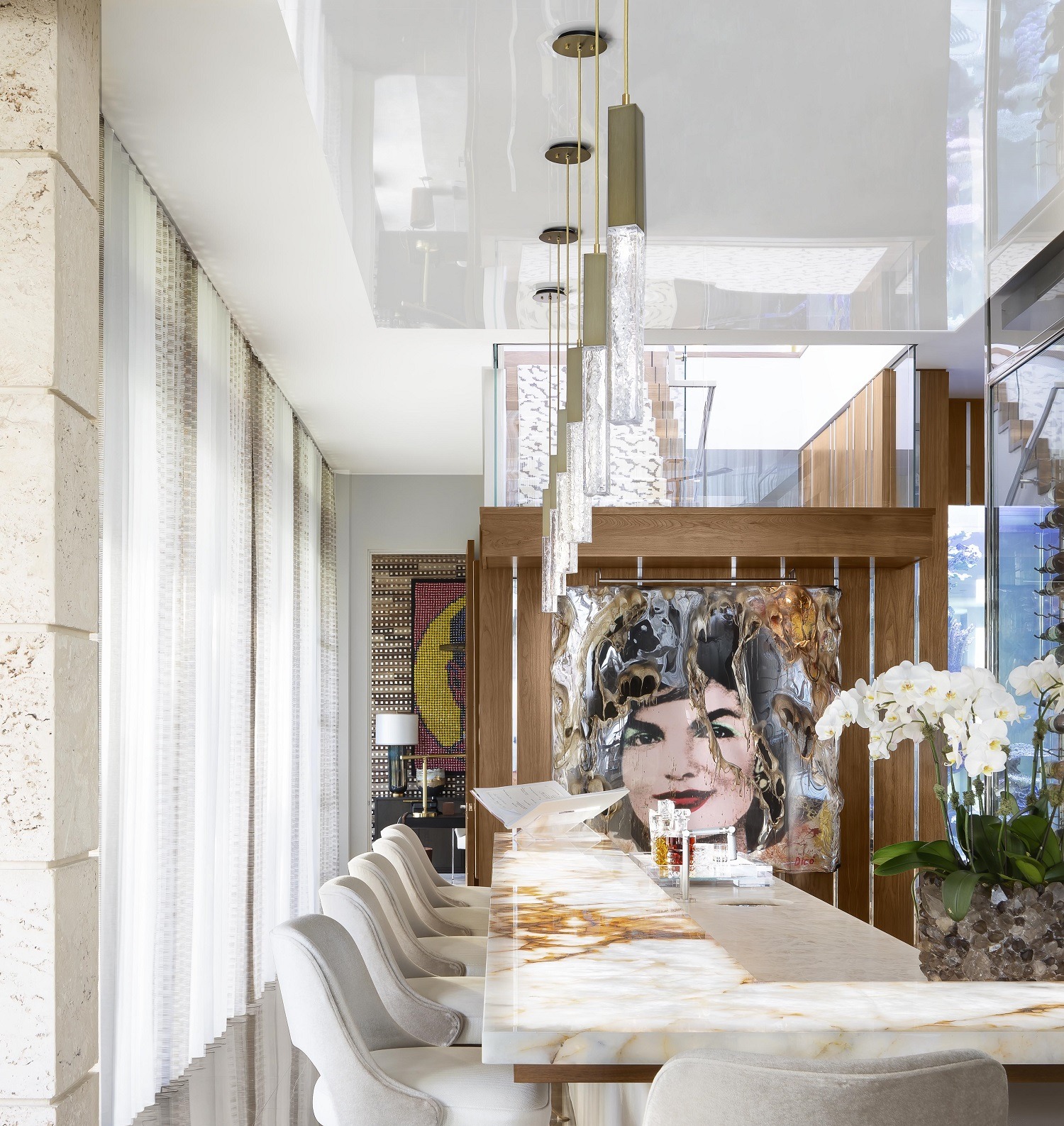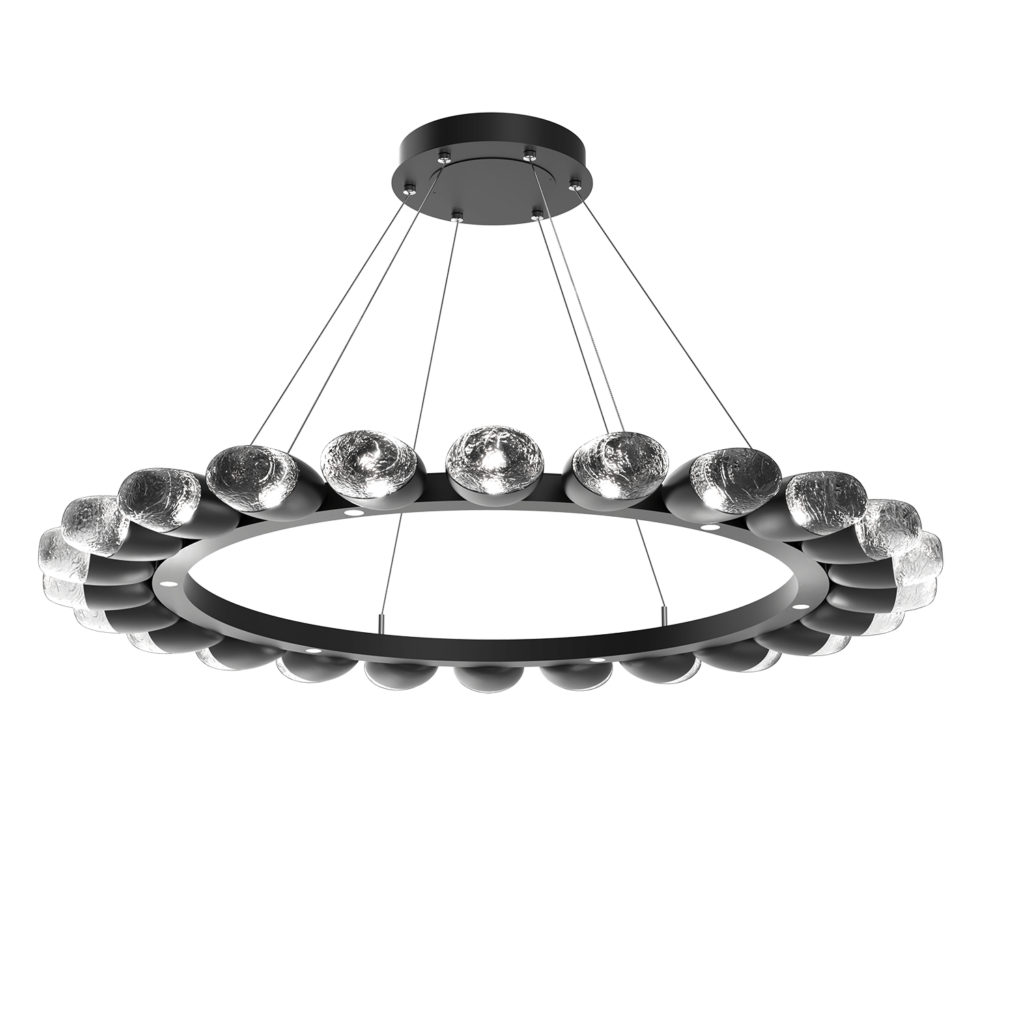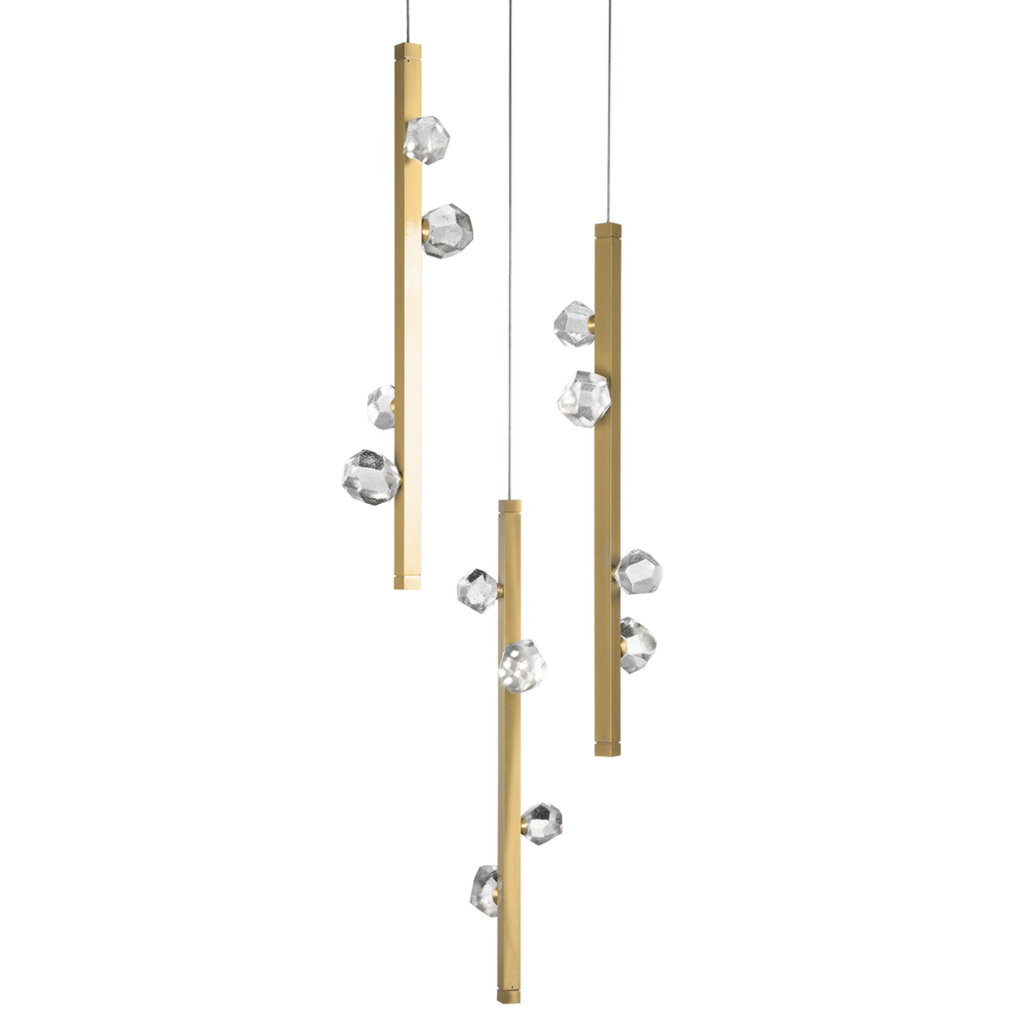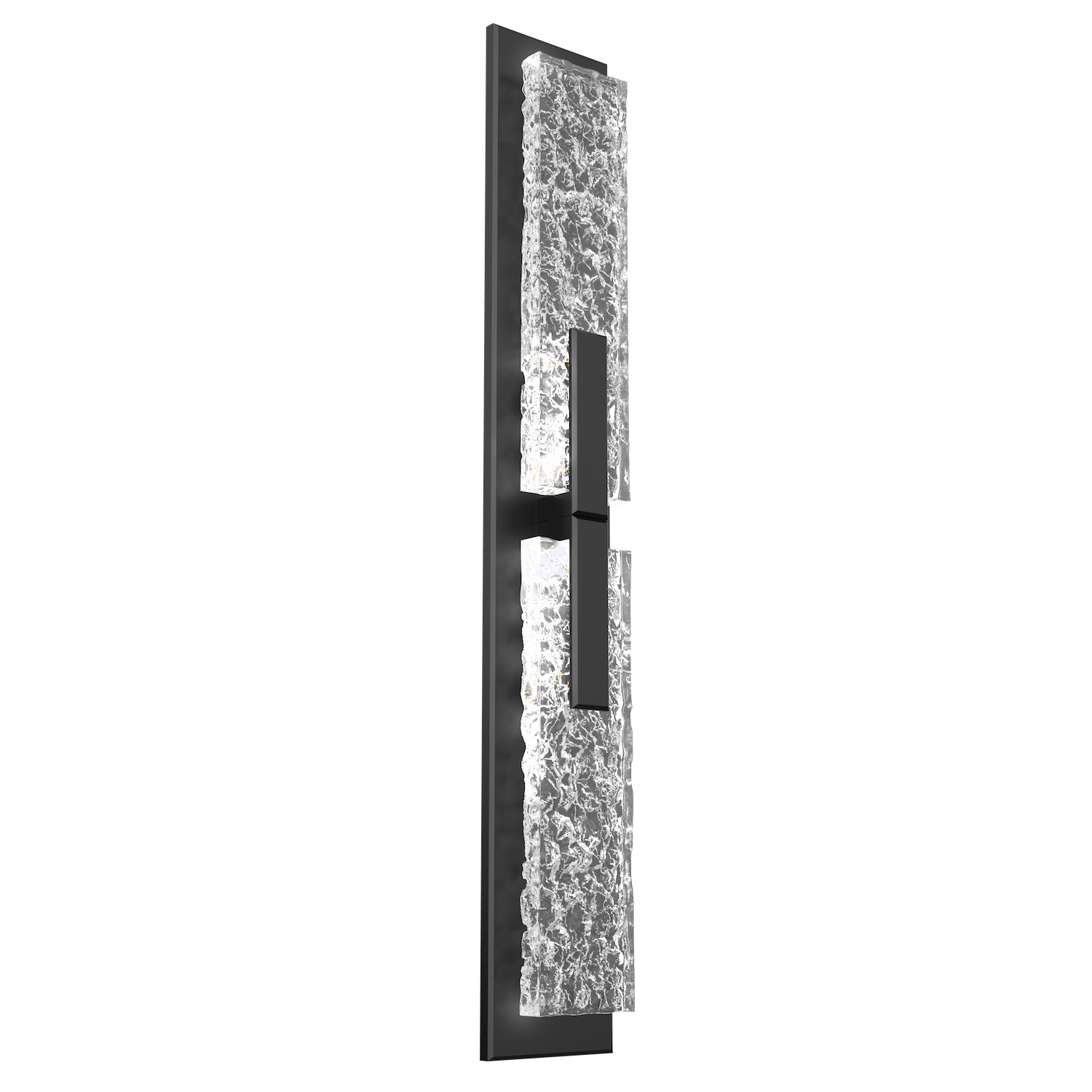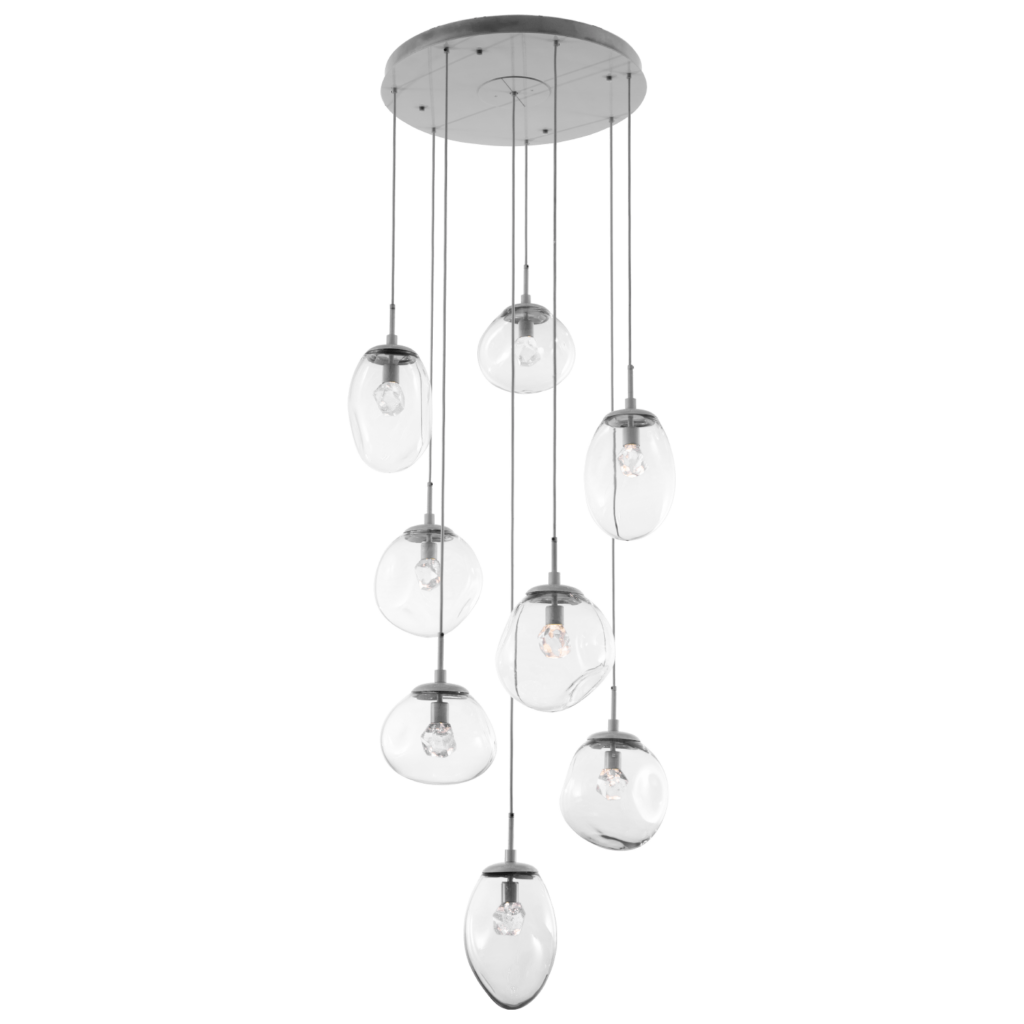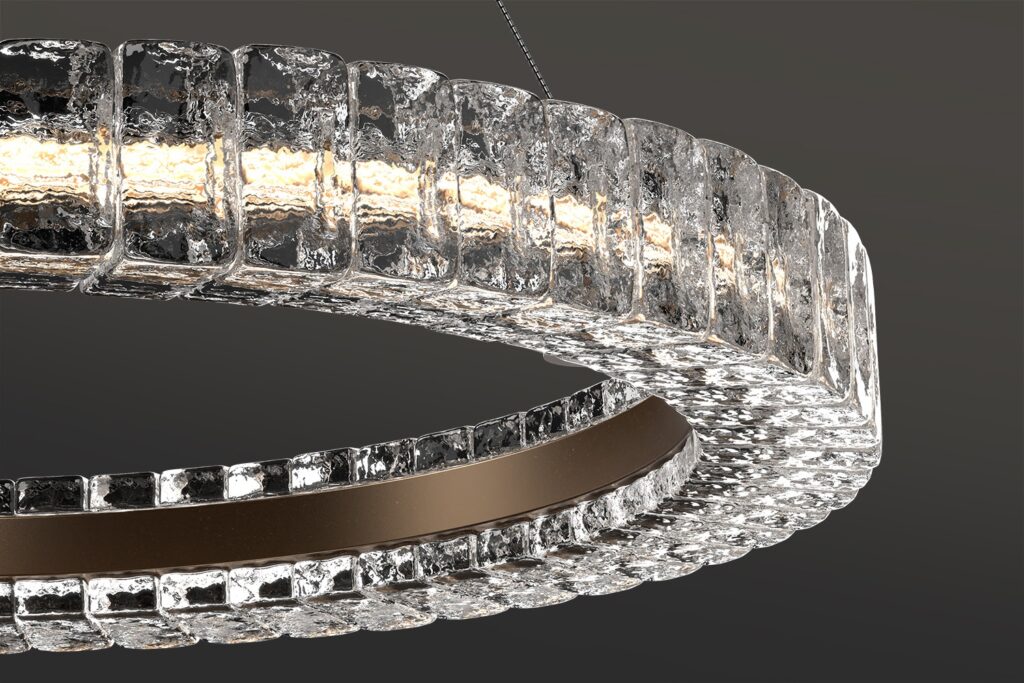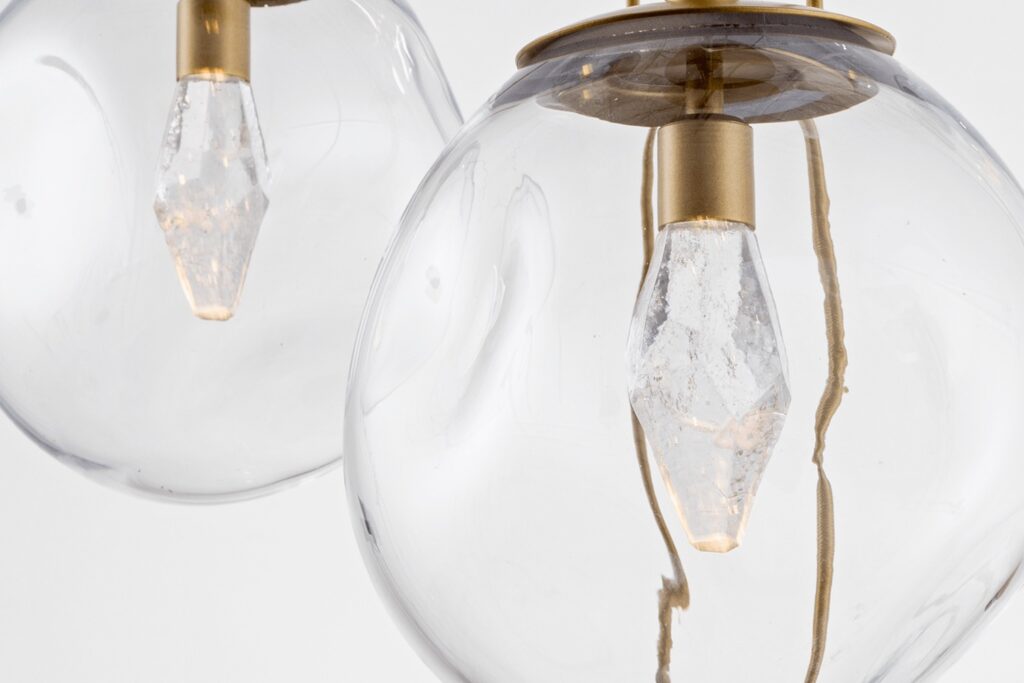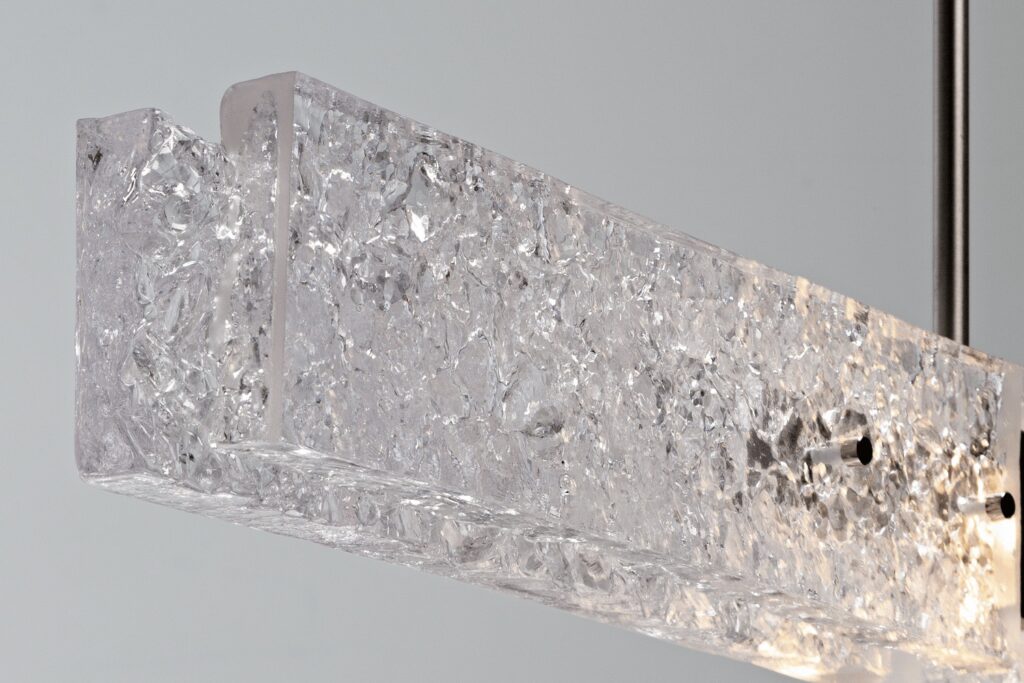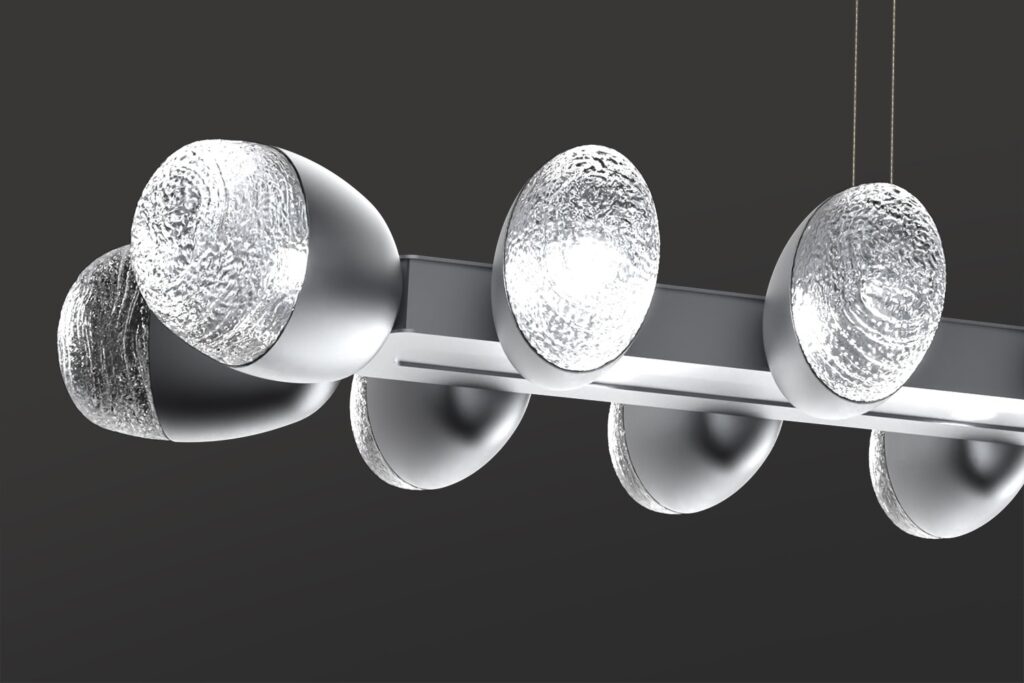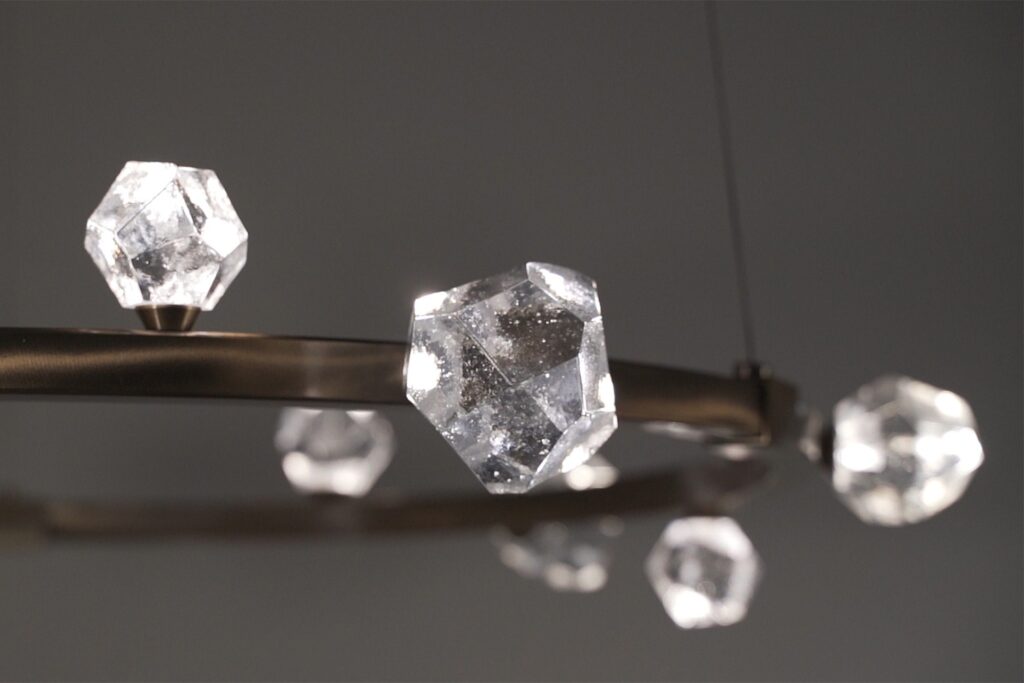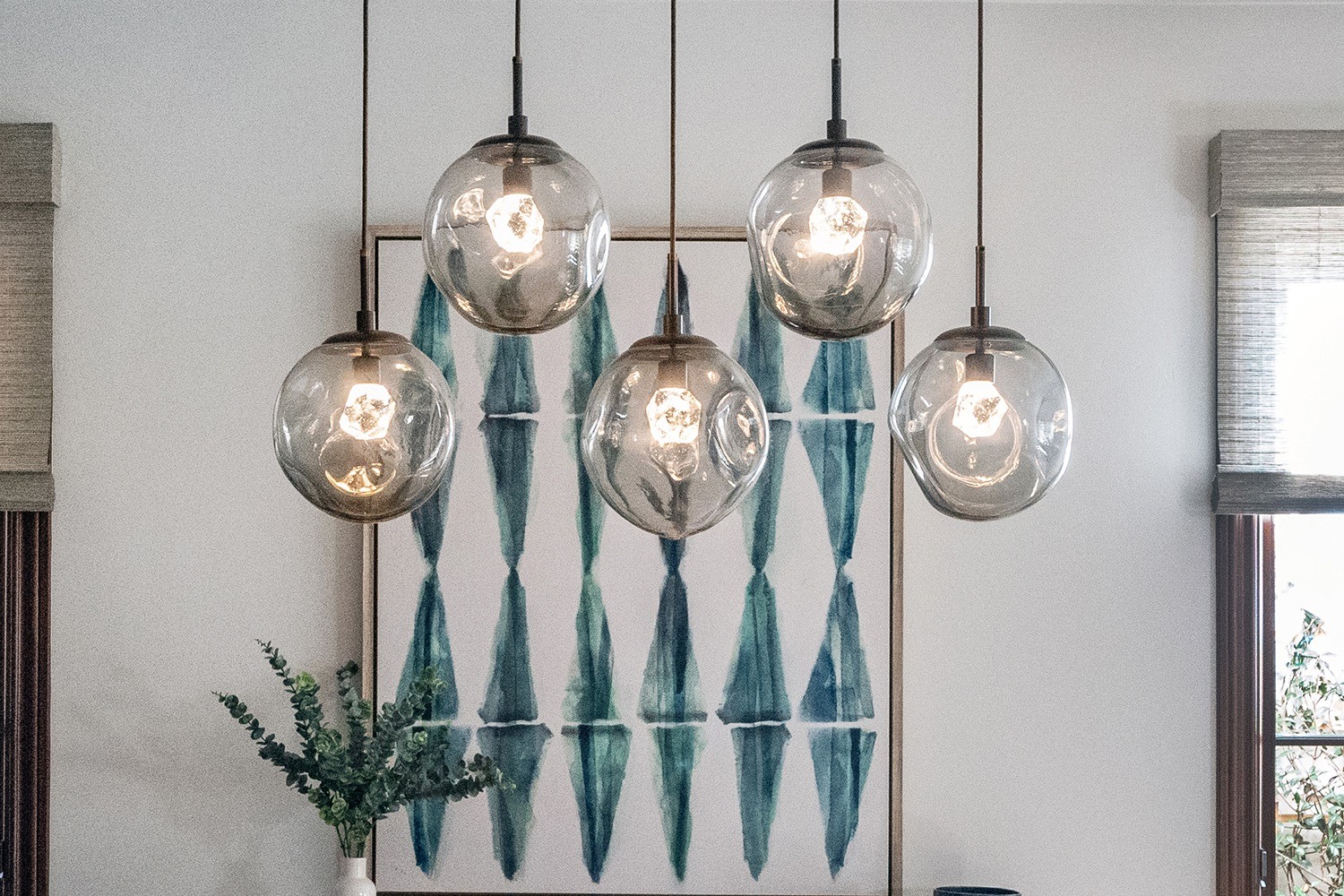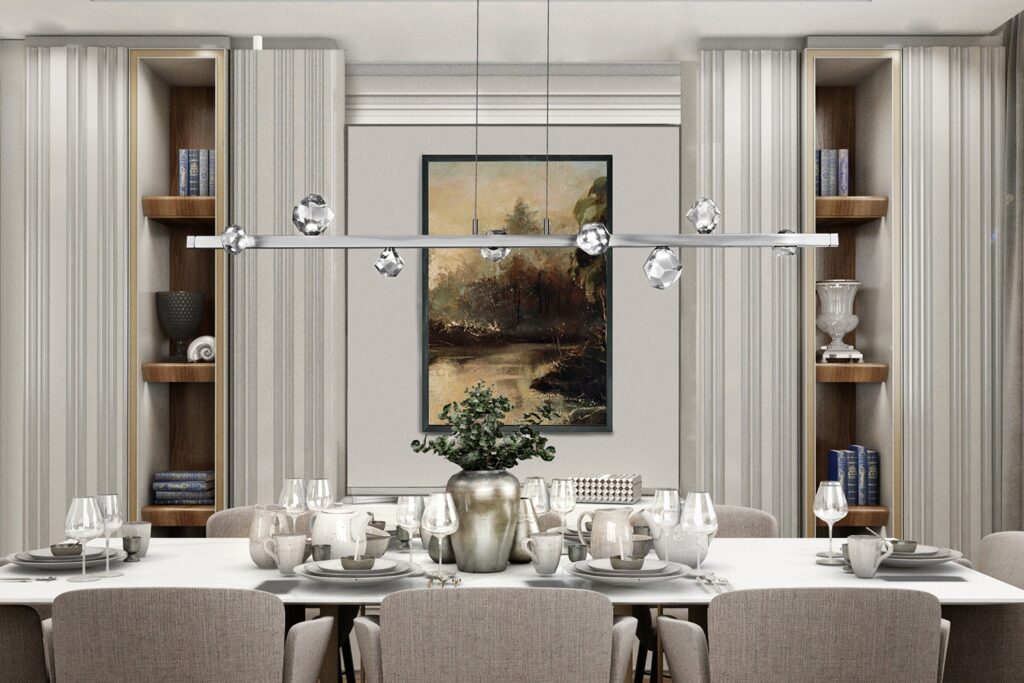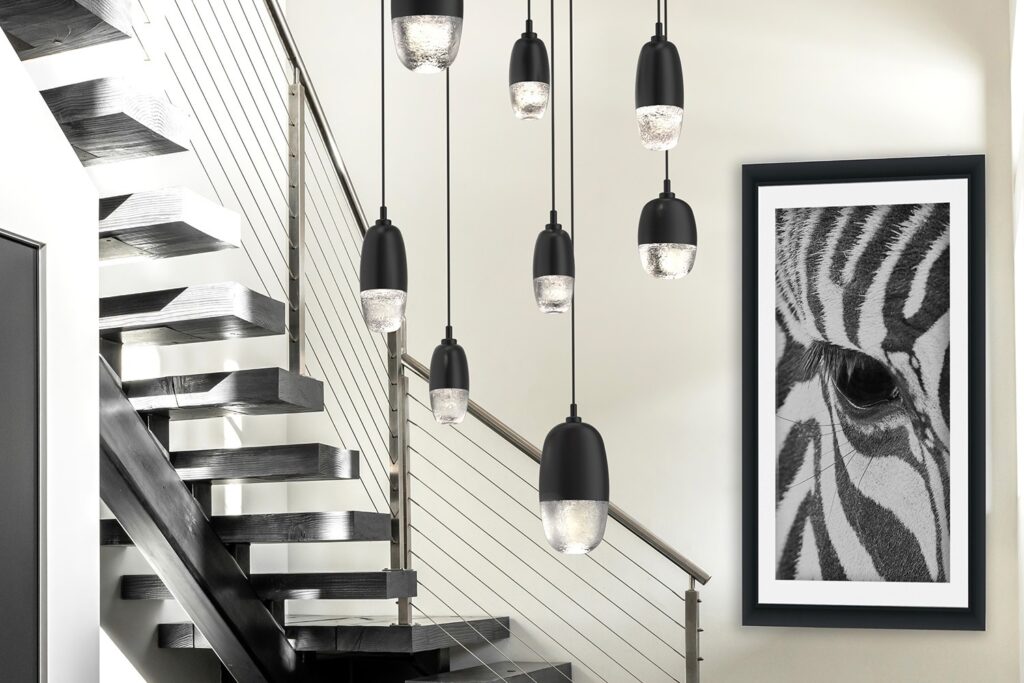Artisan Cast Glass: Elevating Recycled Material to Functional Art
Hammerton has come a long way since 2016 when we installed our first furnace and began blowing glass for the Hammerton Studio Gem collection. Today, most of our products feature artisan glass as a key design element, and weekly glass production in our Salt Lake City facility exceeds five tons — well over half a million pounds of glass annually.
Not surprisingly, that level of glass production generates a significant amount of excess material in the normal course of operations, and it’s all recycled to create the cast glass designs showcased in our Asscher, Pebble, Axis, Glacier, Stella and Nebula collections:
What is Cast Glass?
There are many cast glass processes, all involving the use of molten glass to create a solid object. At Hammerton we first heat glass in a furnace to about 2200 degrees Fahrenheit to achieve a thick liquid state. The molten glass is then ladled out of the furnace and poured into metal jigs that we design and build in-house. As the glass cools it takes on both the shape and texture of the mold, resulting in unique glass elements that beautifully reflect and refract light.
The Magic of Cast Glass
The visual characteristics of illuminated cast glass simply can’t be matched by cheaper substitutes like acrylic. Unique details in each piece of cast glass — including surface texture, internal inclusions, and edge details — reveal the mark of the artisan that created it. These unique elements reflect and refract light in captivating ways that are impossible to achieve using more ‘production-friendly’ alternatives. They elevate each light fixture to a one-of-a-kind work of functional art.
See anything of interest? Contact your Hammerton representative to learn more.
